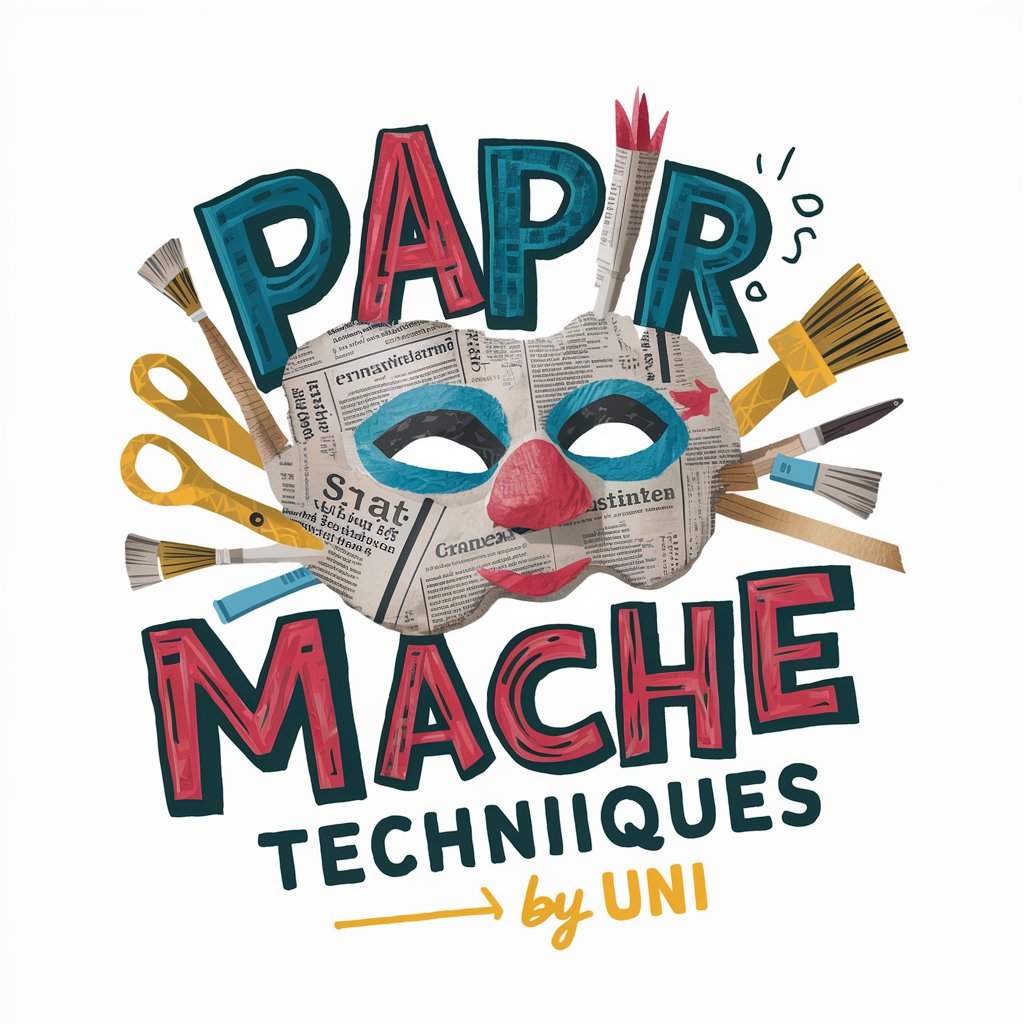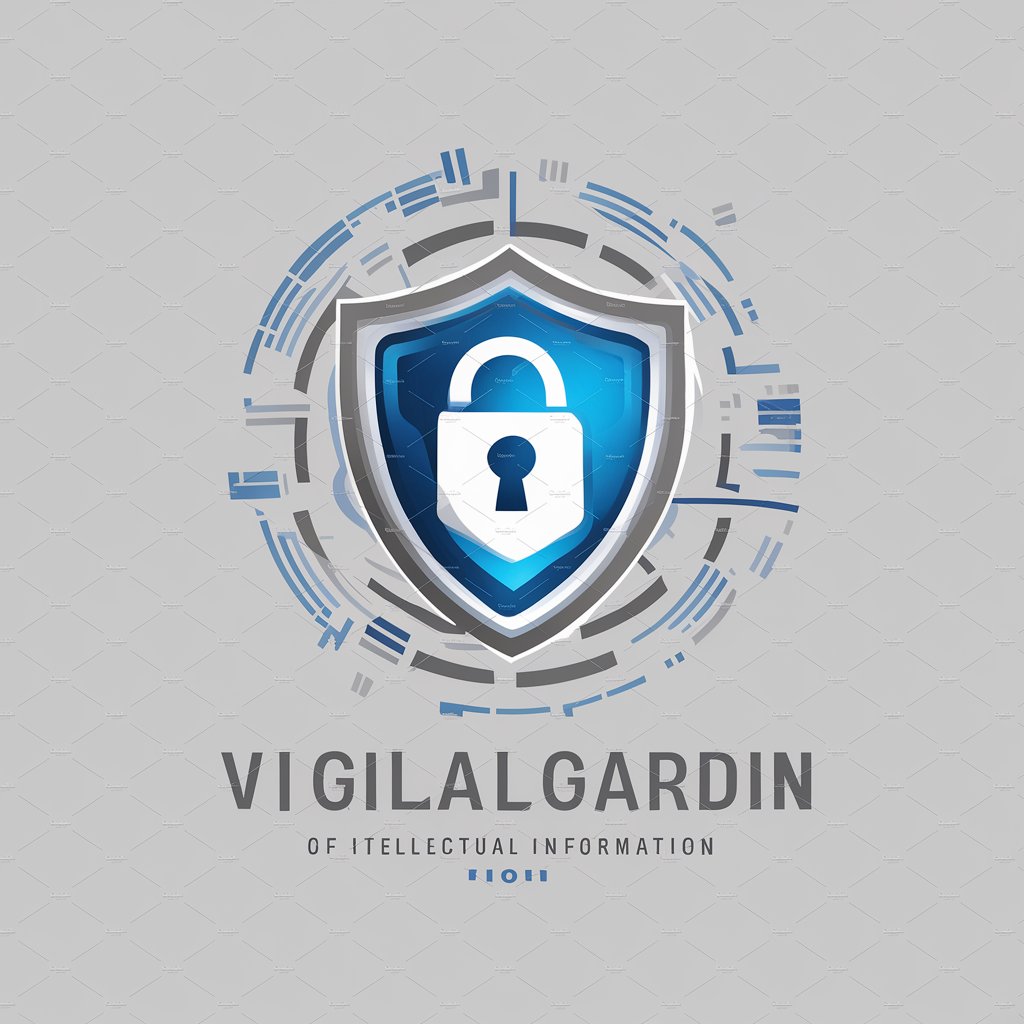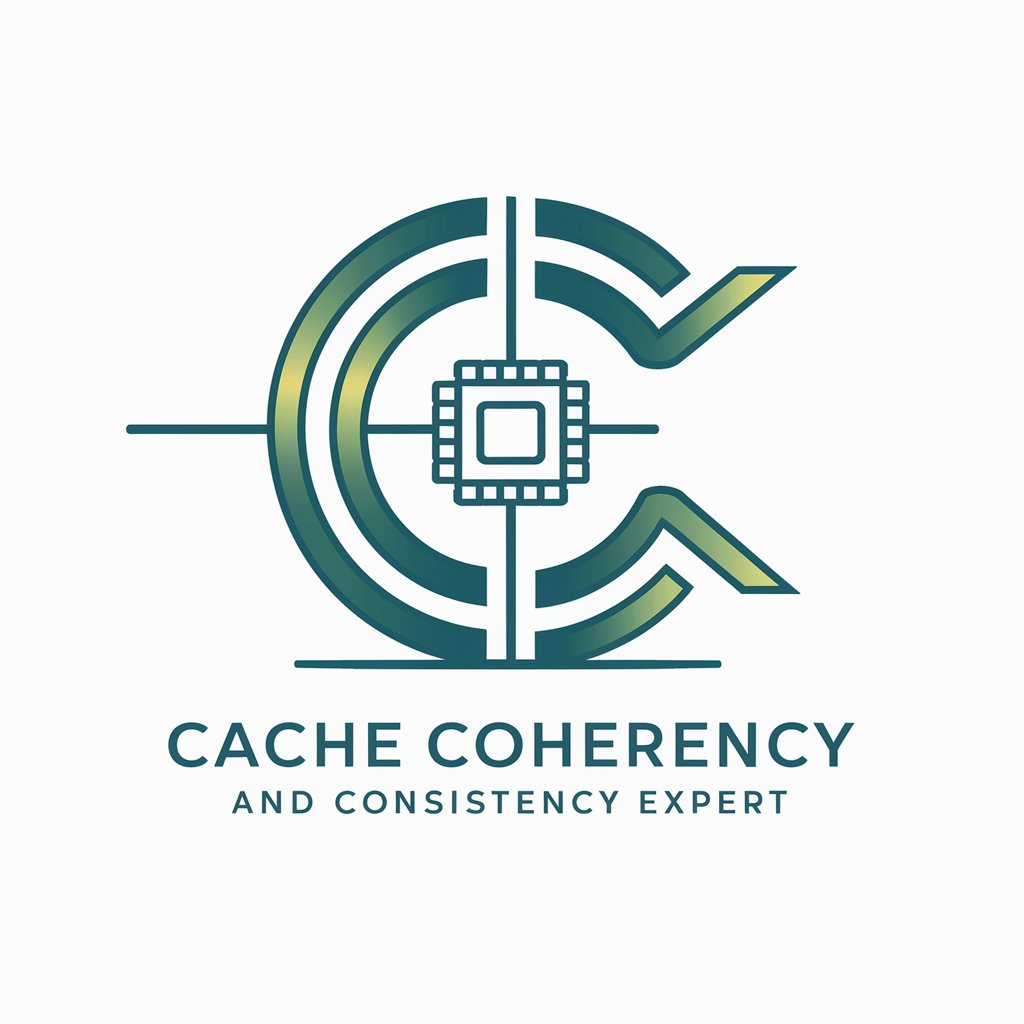Paper Mache Techniques - Paper Mache Art Tool

Welcome to your creative journey in paper mache!
Craft Your Imagination with AI
Can you explain the steps to create a paper mache mask?
What are the best techniques for smoothing out wrinkles in paper mache?
How can I make a strong paper mache sculpture?
What materials do I need to start a paper mache project?
Get Embed Code
Overview of Paper Mache Techniques
Paper Mache Techniques is a specialized guide designed to educate and inspire individuals in the craft of paper mache. It provides a comprehensive resource for learning about the materials, processes, and creative possibilities associated with paper mache art. From basic to advanced levels, this guide offers step-by-step instructions on how to create sculptures, masks, and decorative items using paper mache. An example scenario where this might be utilized is in an educational setting where teachers guide students through a project to create historical figures, enhancing their learning with a hands-on experience. Powered by ChatGPT-4o。

Core Functions of Paper Mache Techniques
Detailed Step-by-Step Guidance
Example
Creating a paper mache bowl.
Scenario
A user is guided through the selection of the base form, preparation of the adhesive mixture, application of paper layers, drying, and finishing techniques to create a smooth and decorative bowl.
Troubleshooting and Support
Example
Addressing common issues like drying problems.
Scenario
Providing solutions for issues such as cracking during drying, with tips on humidity control and layering techniques to ensure structural integrity and surface smoothness.
Creative Inspiration and Project Ideas
Example
Designing thematic masks for a play.
Scenario
Offering inspiration and technical advice for creating dramatic masks suited to specific characters in a play, including tips on painting and detailing to bring these characters to life.
Interactive Features
Example
Use of DALL-E for visual inspiration.
Scenario
Generating images of potential project outcomes, like animal masks, using DALL-E to inspire users and provide a visual reference for their creations.
Material Calculation Tools
Example
Calculating quantities for large group projects.
Scenario
Utilizing Python code to calculate the exact amount of materials needed for a school project, ensuring that all students have sufficient resources to participate.
Target User Groups for Paper Mache Techniques
Educators and Students
Teachers who incorporate arts into their curriculum can use this guide to plan and execute projects that complement learning topics, while students gain hands-on experience that fosters creativity and understanding of materials.
DIY Craft Enthusiasts
Individuals passionate about crafting who seek to explore new techniques, undertake creative projects, or add unique items to their home decor can benefit from the detailed tutorials and project ideas offered.
Professional Artists
Artists who work in mixed media or are exploring sustainable materials for their artwork can find advanced techniques and professional tips to enhance their artistic repertoire and experiment with paper mache in their professional pieces.

Essential Steps for Using Paper Mache Techniques
Initial Exploration
Start by visiting yeschat.ai for a no-login, free trial experience, avoiding the need for ChatGPT Plus.
Gather Materials
Collect all necessary materials including newspaper, white glue, water, a mixing bowl, and a form to shape your project like a balloon or cardboard.
Prepare the Paste
Mix one part water with one part white glue or create a flour and water mixture for a traditional paste. Stir until the mixture is smooth.
Apply Layers
Dip newspaper strips into the paste, remove excess by running it between fingers, and layer smoothly over your form. Aim for three to four layers.
Drying and Finishing
Allow your project to dry completely, which can take up to 24 hours. Once dry, paint or decorate as desired to finish your creation.
Try other advanced and practical GPTs
Kobalt Tools Cache
Empowering Projects with AI-driven Tool Insights

Cyber Guard
Empowering cybersecurity with AI.

Privacy Guard
Simplifying Privacy Policy Complexity

Cyber Guard
AI-Powered Guard Against Email Threats

Wolfy - Guard
Safeguarding Your Words with AI

Link Guard
AI-powered URL safety assessments.

InnovAI by Michal Cach
Unleash Creativity with AI-Powered Solutions

Cache Coherency and Consistency Expert
Streamlining System Coherence

Heimdall Data Database Query Cache Expert
Optimize database performance, effortlessly.

Paper Mache
Revolutionizing scientific paper review with AI.

Health Coach
Empowering Your Health Journey with AI

Health & Wealth Navigator
Empowering Retirement Decisions with AI

Frequently Asked Questions About Paper Mache Techniques
What is the best paste to use for paper mache?
The best paste depends on your needs; white glue and water offer a strong, non-toxic adhesive while flour and water are economical and eco-friendly.
How can I make my paper mache project more durable?
Increase durability by using thicker layers, adding more layers, especially in structurally key areas, and sealing the finished project with varnish or acrylic sealer.
Can paper mache be used outdoors?
Yes, but it needs to be properly sealed with a waterproof varnish and ideally placed in a covered area to avoid direct exposure to elements.
Are there any safety concerns with paper mache?
Generally, paper mache is safe, but use a mask when mixing dry flour and water to avoid inhaling fine particles. Ensure adequate ventilation when using chemical-based glues or paints.
What are some creative projects for beginners?
Simple bowls, masks, and decorative objects like vases are great starting projects. They require basic techniques but allow for creative expression and are forgiving for beginners.
